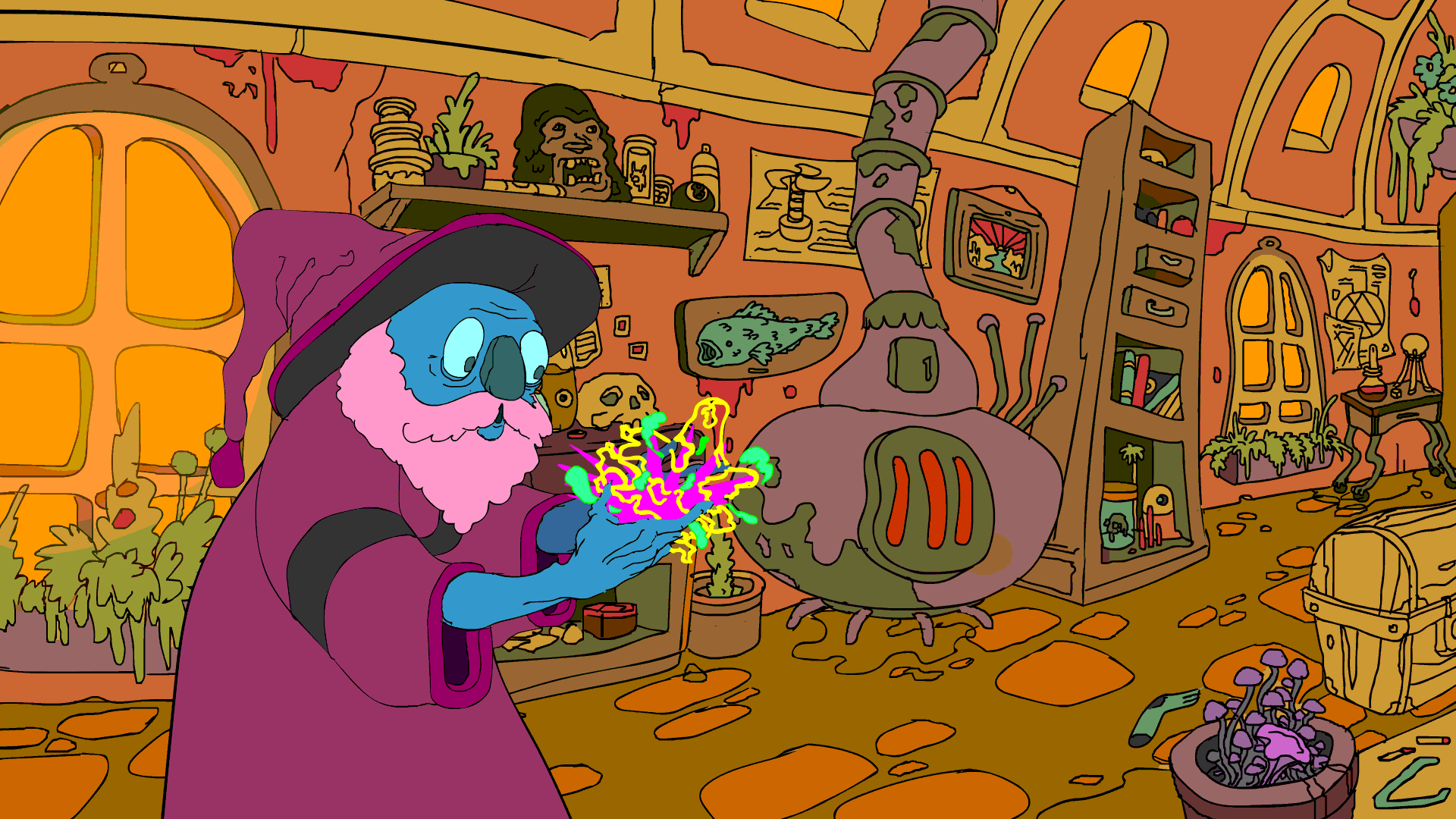Authorization and authentication are important concepts in security, and are often implemented in web applications to control access to resources or functionalities.
Authentication refers to the process of verifying the identity of a user or client, often through the use of a username and password. In a Ruby application, authentication can be implemented using the Devise gem, which provides a flexible and easy-to-use authentication solution.
To use Devise, you will first need to install it by adding it to your Gemfile and running the bundle install command. Next, you will need to run the Devise generator to create the necessary configuration files and routes:
rails generate devise:install
After running the generator, you will need to set up your application to use Devise by adding it to your model (e.g. User) and specifying the authentication strategies you want to use (e.g. :database_authenticatable, :registerable, etc.).
Once you have configured Devise, you can use its helper methods to authenticate users in your controllers and views. For example, you can use the authenticate_user! method in a controller to require that a user be signed in before accessing a certain resource:
before_action :authenticate_user!
You can also use the current_user helper method in your views to display information about the currently signed-in user.
Authorization, on the other hand, refers to the process of determining whether a user or client has the necessary permissions to access a certain resource or perform a certain action. In a Ruby on Rails application, authorization can be implemented using the CanCanCan gem, which provides a flexible and easy-to-use authorization solution.
To use CanCanCan, you will first need to install it by adding it to your Gemfile and running the bundle install command. Next, you will need to run the CanCanCan generator to create the necessary configuration files:
rails generate cancan:ability
After running the generator, you will need to define the abilities of your users in the Ability class that was created. This is typically done using a block syntax, where you specify the actions that a user is allowed to perform and the conditions under which they are allowed to perform them:
can :read, Article, published: true
can :create, Article, user_id: user.id
can :update, Article, user_id: user.id
You can then use the authorize! method in your controllers to ensure that a user has the necessary permissions to access a certain resource or perform a certain action:
authorize! :read, @article
In summary, Devise and CanCanCan are useful tools for implementing authentication and authorization in a Ruby on Rails application. Devise provides a flexible and easy-to-use authentication solution, while CanCanCan provides a flexible and easy-to-use authorization solution. Together, these tools allow you to control access to resources and functionality in your application, helping to ensure the security of your application and its users.







Top comments (2)
Love the cover animation 🔮💫
Great job!